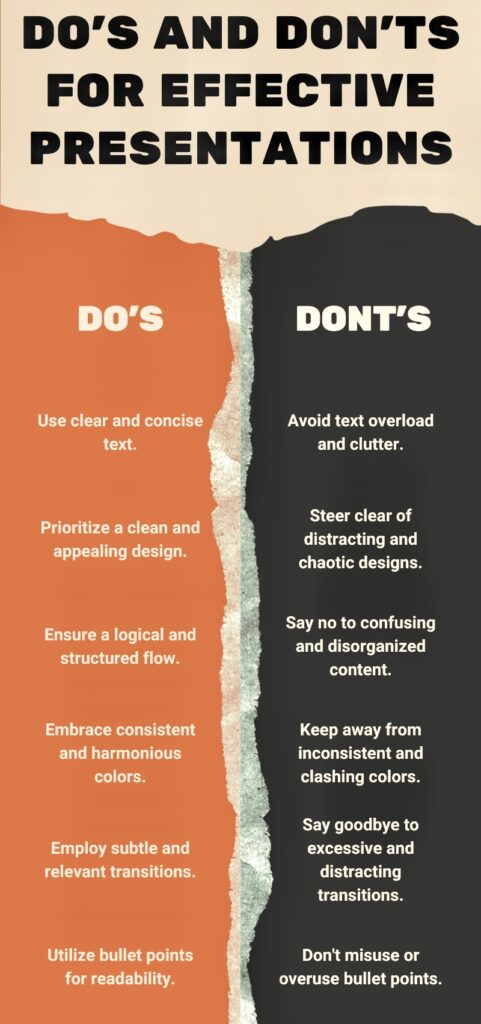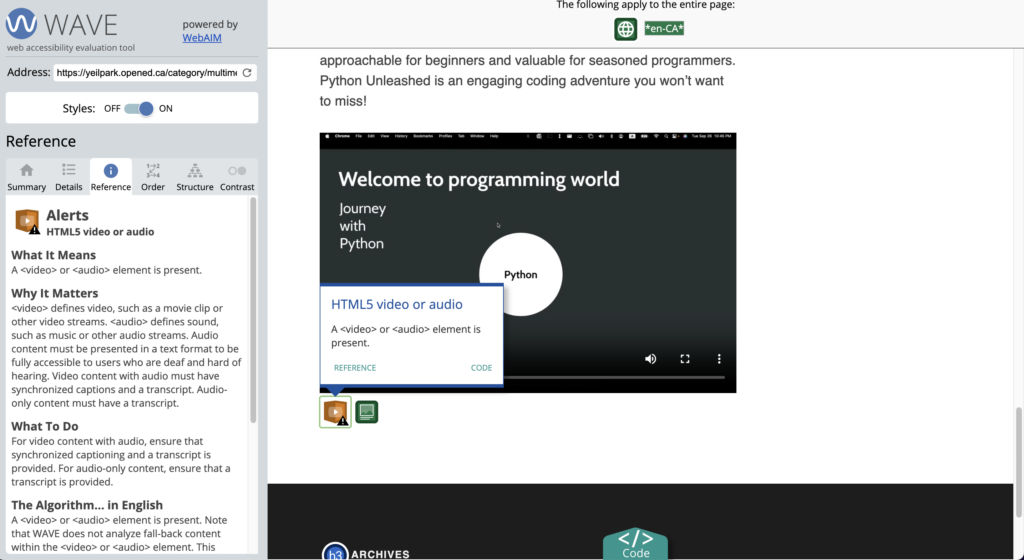Module 5
yeilpark
2023-11-25 at 8:46 pm
AWAITING MODERATION
Impressive fundraising pitch on Tome! The AI features for presentations seem handy, but I agree that Chat GPT is better at generating specific content. I’ve used Chat GPT for school-related tasks, from research to project ideas—it’s a great aid, though I’m mindful of its data cutoff.
SAS sounds like a powerful data visualization tool. Its ability to create dashboards, generate charts, and support decision-making with decision trees is invaluable for analyzing large datasets. Thanks for sharing your experiences with these tools!
Module 4
yeilpark
2023-11-25 at 8:53 pm
AWAITING MODERATION
Your experience with video game learning supports, like Cool Math Games and Duo lingo, highlights their fun and engaging nature. Mayer’s principles, such as Multimedia, Personalization, and Contiguity, are well-applied in games. Merrill’s Task-centered and Application principles align with the real-world tasks and simulations in games.
However, I agree with your observation on the potential distractions and redundancy in graphics and information. The balance between visual appeal and avoiding cognitive overload is crucial. Your lesson plan and the H5P learning object on web design principles offer a practical connection between theory and application. Overall, your insights enhance the understanding of educational principles in the realm of video game learning. Well done!
Module 3
yeilpark
Awaiting moderation
Your video’s learning purpose is crystal clear – teaching viewers to make a sushi burrito. I appreciate your focus on Mayer’s principles, particularly “Segmenting” and “Matching Modality.” Shortening the video and using a narrated approach align well with these principles, ensuring learners engage with essential information in a digestible manner. The challenges you faced, like finding the right topic and adapting to capturing hands-on content, resonate with many creators. Your decision to embrace simplicity and your wife’s suggestion turned out to be a delightful and instructive video. Next time, picking a topic you’re deeply familiar with sounds like a solid plan to enhance depth and thoroughness. Great insights!









Recent Comments